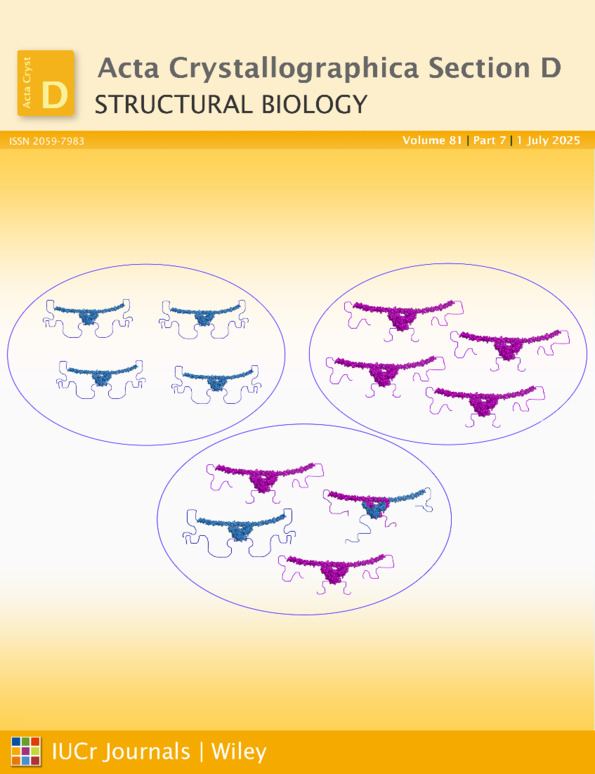Crystal engineering yields crystals of cyclophilin D diffracting to 1.7 Å resolution
Abstract
In the pharmaceutical industry, knowledge of the three-dimensional structure of a specific target facilitates the drug-discovery process. Despite possessing favoured analytical properties such as high purity and monodispersion in light scattering, some proteins are not capable of forming crystals suitable for X-ray analysis. Cyclophilin D, an isoform of cyclophilin that is expressed in the mitochondria, was selected as a drug target for the treatment of cardiac disorders. As the wild-type enzyme defied all attempts at crystallization, protein engineering on the enzyme surface was performed. The K133I mutant gave crystals that diffracted to 1.7 Å resolution using in-house X-ray facilities and were suitable for soaking experiments. The crystals were very robust and diffraction was maintained after soaking in 25% DMSO solution: excellent conditions for the rapid analysis of complex structures including crystallographic fragment screening.




